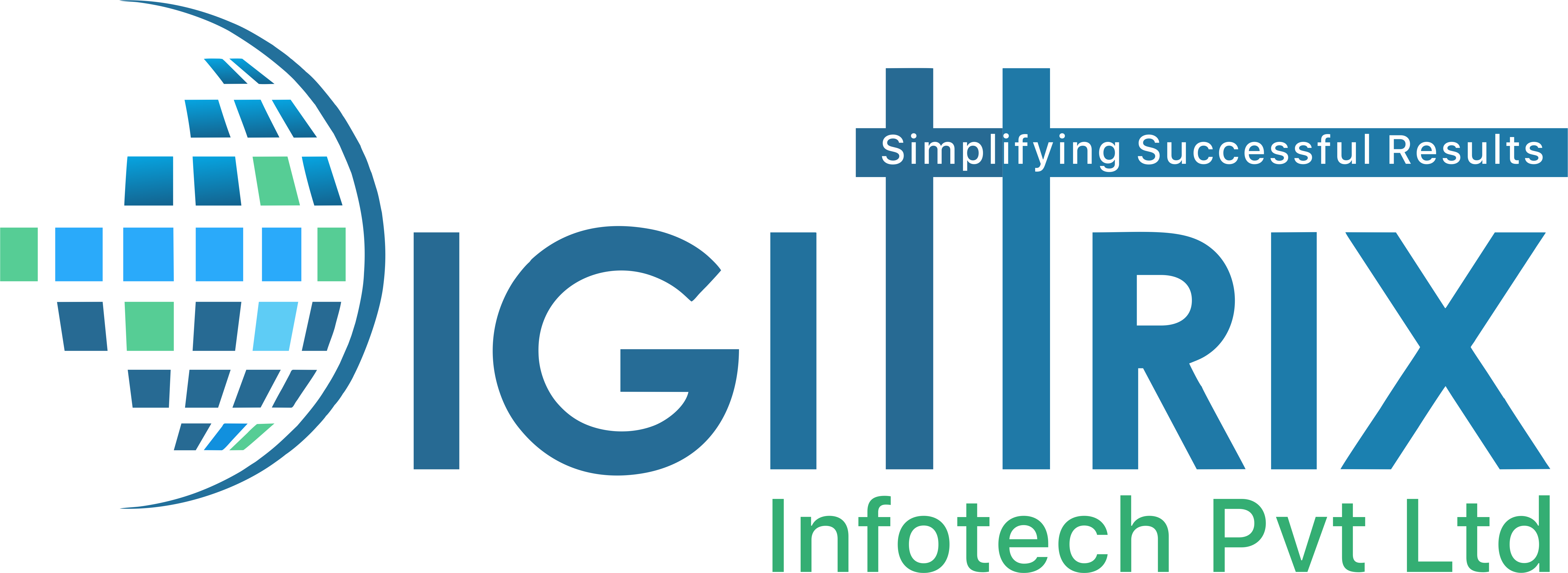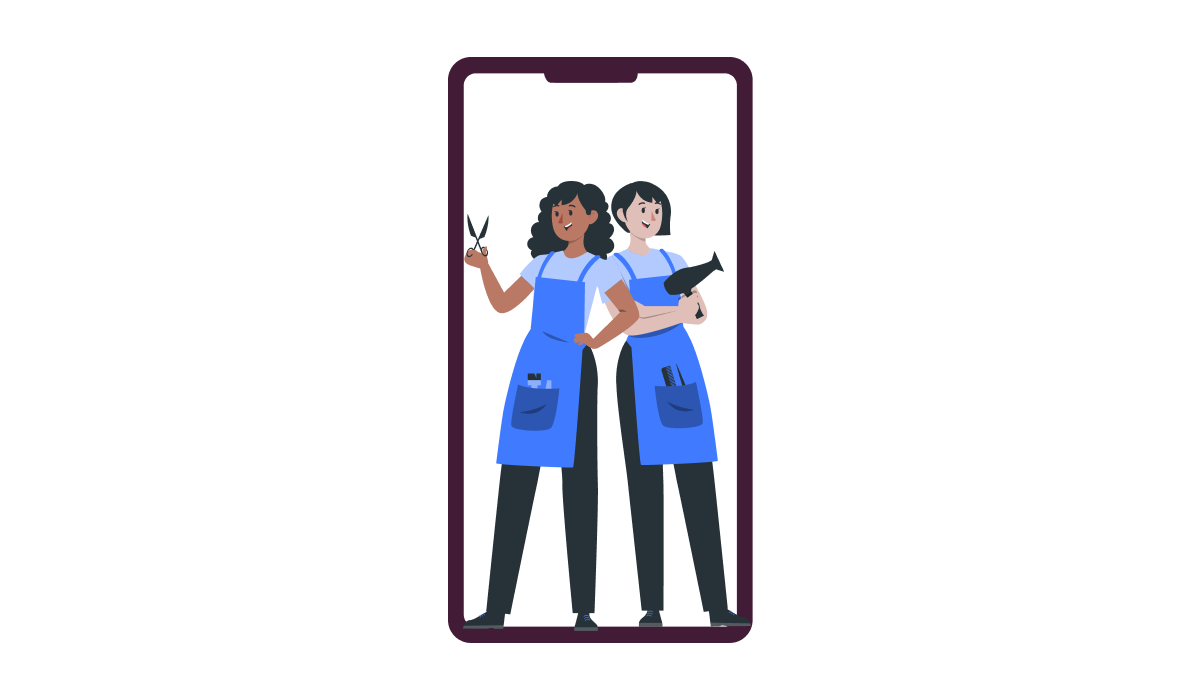A Step-by-Step Guide to Building a Profitable Grocery App

Introduction
The demand for grocery delivery apps has increased significantly as more people prefer shopping online. Businesses looking to enter this market need a solid plan to create a successful and profitable platform. This guide outlines the essential steps in On-demand grocery app development and provides insights into building a user-friendly and revenue-generating app.
Understanding the Market Demand
Before starting the On-demand grocery app development process, research the market to understand customer preferences, competition, and industry trends. Identify key features that attract users, such as fast deliveries, multiple payment options, and personalized recommendations.
Defining the Business Model
Choosing the right business model is essential for profitability. Here are some common models:
Single Store Model: A single grocery store sells and delivers products.
Aggregator Model: Multiple stores list their products, and customers choose from various options.
Marketplace Model: Independent sellers list their groceries on the app.
Subscription-Based Model: Users pay a monthly fee for benefits like free delivery and exclusive discounts.
Selecting the right model depends on the target audience, investment, and long-term goals.
Choosing Essential Features
To attract and retain customers, an On-demand grocery app development company should focus on including key features such as:
User Registration & Profile Management: A simple sign-up process with multiple login options.
Smart Search & Filters: Easy product search based on categories, brands, and preferences.
Cart & Checkout: A smooth shopping experience with secure payment options.
Order Tracking: Real-time order tracking for better transparency.
Push Notifications: Timely alerts for offers, discounts, and order updates.
Multiple Payment Options: Support for credit/debit cards, wallets, and cash on delivery.
Review & Ratings: Feedback from customers helps in maintaining quality.
Loyalty Programs & Discounts: Encourages repeat purchases.
Selecting the Right Technology Stack
The choice of technology plays a crucial role in app performance. The essential components include:
Front-end Development: React Native, Flutter, or Swift.
Back-end Development: Node.js, Python, or Ruby on Rails.
Database Management: MySQL, MongoDB, or Firebase.
Cloud Hosting: AWS, Google Cloud, or Microsoft Azure.
Payment Gateway Integration: PayPal, Stripe, or Razorpay.
A well-structured tech stack ensures smooth app functionality and scalability.
UI/UX Design for Better Usability
A visually appealing and easy-to-navigate interface enhances the shopping experience. The design should focus on:
Simple navigation and intuitive layout.
High-quality images and clear product descriptions.
Quick-loading pages for better performance.
Mobile-friendly design for seamless access.
Developing the App
The On-demand grocery app development process involves several stages:
Prototyping: Creating wireframes and layouts to visualize the app.
Back-end Development: Setting up databases and business logic.
Front-end Development: Designing the interface and user experience.
Integration: Connecting APIs for payment gateways, order tracking, and notifications.
Testing: Ensuring bug-free performance with various test cases.
Launching and Marketing the App
A well-planned launch is key to attracting users. Consider these strategies:
Pre-launch Promotions: Create buzz through social media and advertisements.
Referral Programs: Encourage users to invite friends for rewards.
Influencer Marketing: Partner with influencers to promote the app.
App Store Optimization (ASO): Optimize keywords and descriptions for better visibility.
Monetization Strategies
Generating revenue is crucial for long-term success. Some monetization options include:
Delivery Charges: Customers pay a small fee for doorstep delivery.
Commission-Based Model: Charge a commission on every transaction.
Advertisements: Allow grocery brands to promote products on the app.
Premium Memberships: Offer exclusive benefits for a monthly fee.
Providing Continuous Support and Updates
Customer satisfaction depends on regular updates and support. Address user feedback, fix bugs, and introduce new features to keep the app relevant and competitive.
Final words
Building a profitable grocery app requires careful planning, feature-rich development, and a strong marketing strategy. By focusing on user needs and selecting the right business model, an On-demand grocery app development company can create a successful app that benefits both businesses and customers.
Note: IndiBlogHub features both user-submitted and editorial content. We do not verify third-party contributions. Read our Disclaimer and Privacy Policyfor details.







